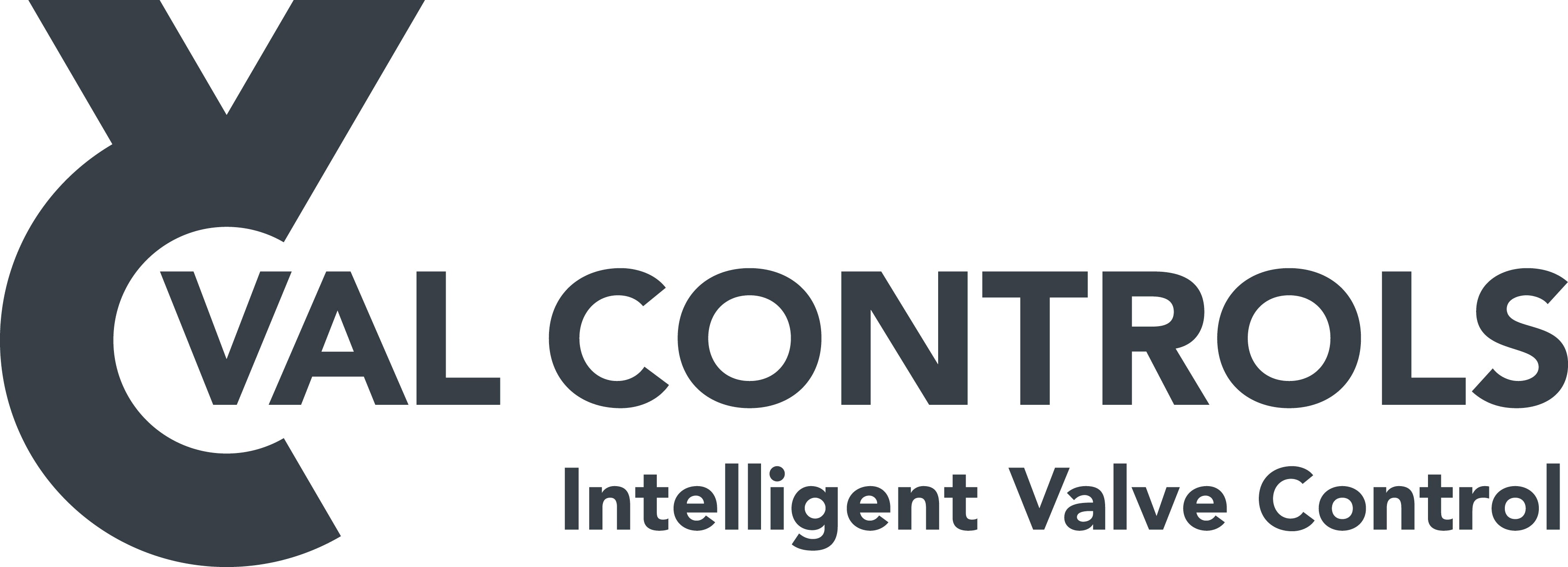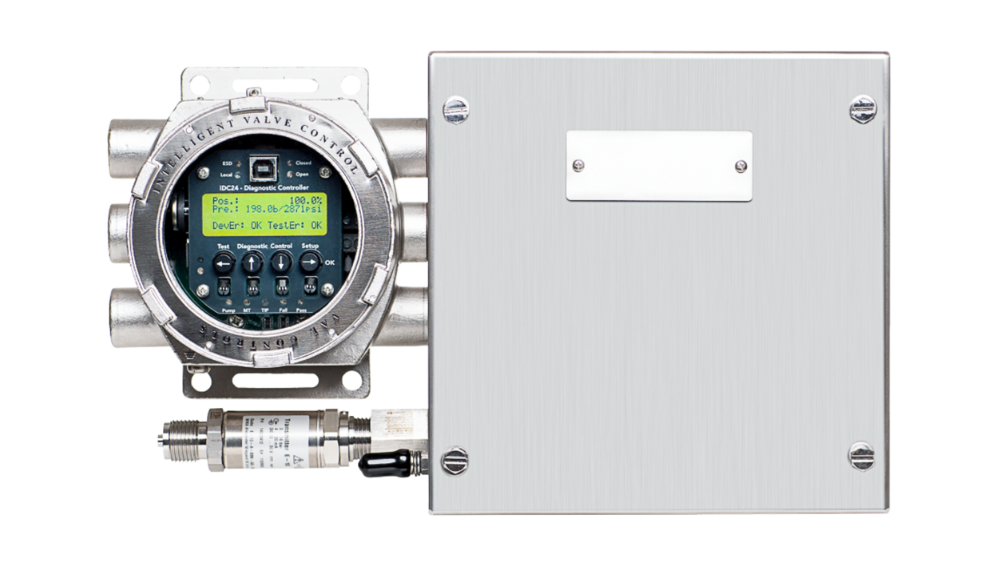In this article, we will discuss and compare the Positioner-based and SOV (Solenoid operated valve)-based methods used for Partial Stroke Testing (PST) of emergency shutdown valves and HIPPS (High-integrity pressure protection system) valves. The two control methods are based on two different valve controller concepts.
The main difference between the two control methods is that the exhaust of the media (oil or air) passes through the positioner at the positioner-based method and through the SOV for the SOV-based method during PST or Emergency Shutdown (ESD).
The overall purpose of a PST is to ensure the valves ability to move on demand. When implemented successfully PST will extend the interval between shutdowns for full stroke testing and reducing failure on demand.
Historically, most PSTs have been conducted using positioner-based devices, which were originally developed for modulating control valves. In recent times, SOV-based devices developed specifically for PST have become more common. We will argue that the SOV-based solution for PST is a more reliable and efficient solution because it is less complex than the positioner-based solution.
Layout of a standard ESD (Emergency shut down) valve system
The layout of a standard ESD system consists of a logic solver, various sensors and an ESDV which will shut down the valve system automatically if any abnormalities are detected.
The ESD system is typically used in hazardous environments where it is vital to prevent dangerous failures that can have catastrophic consequences to personnel or the environment. In case of an emergency the sole job of the complete ESD system is to shut down the facility.

SOV-based solution for PST
With the SOV-based solution the exhaust of the media exists through the SOV. Furthermore, the flow factor is only determined by the capacity of the SOV.
The SOV-based IDC24 smart controller and supply pressure is not involved this means that the amount of potential failure points is reduced to a minimum because there is no need for additional fittings and tubing.
The SOV-based solution for PST can test the complete valve system – including the SOV. Furthermore, it can collect valuable diagnostics information to be used for troubleshooting.
Val Controls Intelligent Diagnostics Controller (IDC24) uses SOV based control method for Partial Stroke Testing. The IDC24 controller is compatible with both pneumatic and hydraulic systems, unlike the positioner-based method which only is compatible with pneumatic systems.

Positioner-based solution for PST
The positioner-based solution was originally created for control valves and has later been modified to conduct PST. The use of a positioner for PST is a misapplication of the technology because they have a very small flow factor (cv) since it's original purpose was for small and slow valve movement.
It is important to note that the supply pressure passes through the positioner which adds a lot of unnecessary complexity and ultimately more failure points compared to the SOV-based solution. The added failure points can result in an increase of unplanned shut downs.

Capabilities
|
Solenoid-based control |
Positioner-based control |
|
|
Partial Stroke Testing |
✔ |
✔ |
|
Testing of ESD SOV |
✔ |
|
|
Compatible with hydraulic actuators |
✔ |
|
|
Compatible with pneumatic actuators |
✔ |
✔ |
Restrictions
|
|
Solenoid-based control |
Positioner-based control |
|
Flow restrictions |
None |
High flow volume booster needed because of flow restrictions |
|
Additional fittings |
None | Extra fittings and tubing needed |
| Air quality | None | Air supply must be filtered and not exceed 40 mirometer particle size |
| Design changes to the valve system | None |
Yes |
- The positioner-based solution for the PST comes with added complexity and limitations due to flow restrictions, which can increase the likelihood of potential failure points and decrease overall reliability. This will impact production and safety negatively.
- The SOV-based controller does not have any flow restrictions since it will be using the existing SOV.
Conclusion
- Two different methods, positioner-based and SOV-based, can be used for Partial Stroke Testing (PST) of emergency shutdown valves and HIPPS valves.
- PST is crucial to ensure valve reliability, reduce failures, and extend the interval between shutdowns for full stroke testing.
- The SOV-based method uses the existing SOV, reduces the likelihood of potential failure points, tests the complete valve system, and collects valuable diagnostic information.
- The positioner-based method comes with added complexity and limitations due to flow restrictions, increasing the likelihood of potential failure points and decreasing overall reliability.
- The SOV-based method is a more reliable and efficient option, while the positioner-based method may negatively impact production and safety.
Feel free to contact us for more information on how SOV-based partial stroke testing can benefit your facilities.

